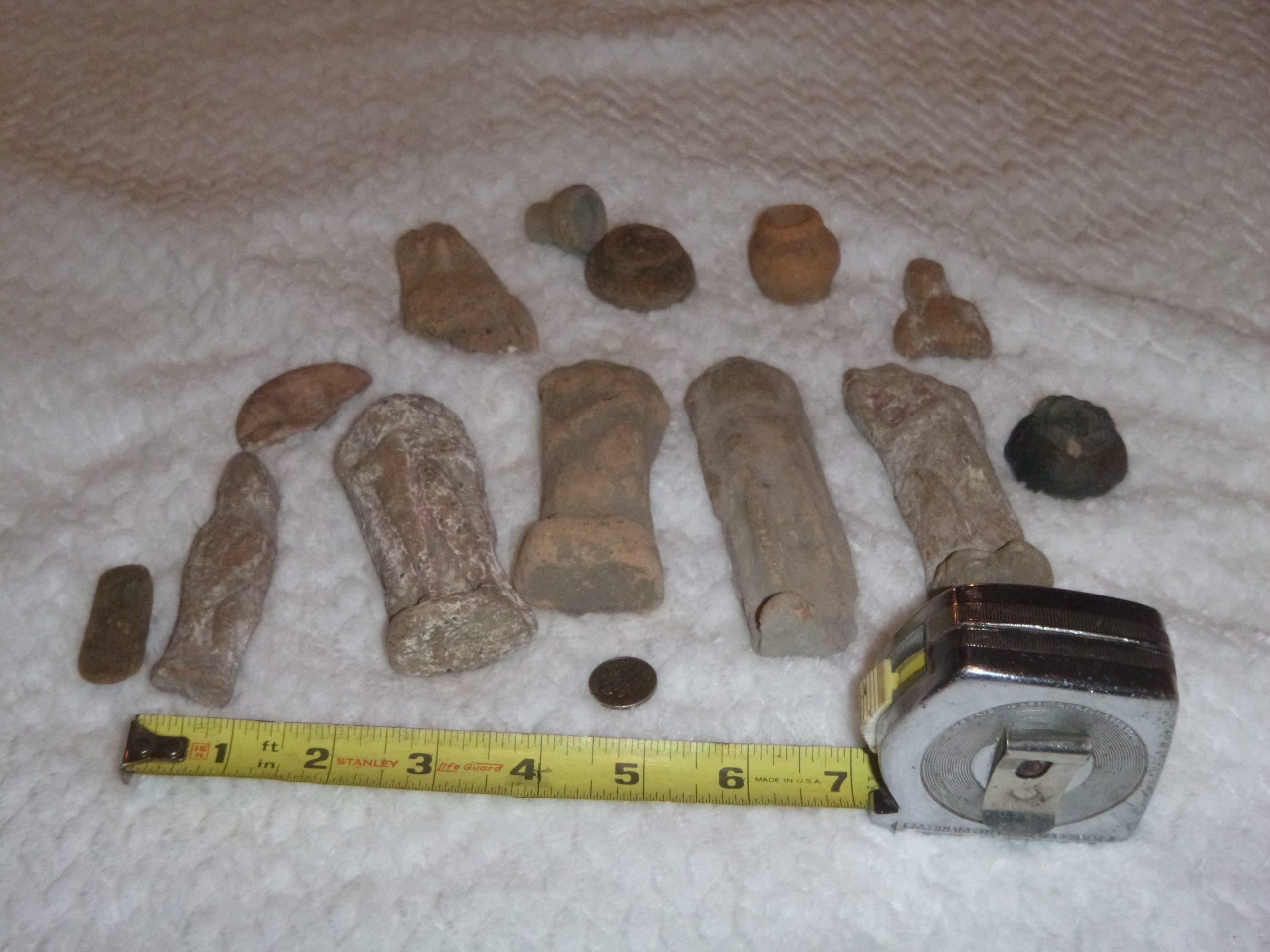
Last December, we reported on a man named John Gomperts who voluntarily returned 19 pieces of ancient art to their countries of origin after Googling the question, “How do you repatriate antiquities?” In sharing his story, he hoped to inspire others to make the same decision.
He has, it turns out. Upon reading articles about Gomperts’s effort, another man, Jay Stanley, has turned over 30 ancient artifacts to Italy.
Stanley, a database engineer in Ben Lomond, California, found the objects in a cupboard at the home of his recently-deceased father, according to the Guardian, which first reported the story. But with the discovery came a quandary: “It was in the back of my mind,” he told the outlet. “What am I going to do with these things?”
The group of relics, all terracotta vases and figurines, were likely purchased from open-air markets in Italy, where Stanley’s family lived for 10 years during his youth. He knew little else about the pieces, though, including their age and value.
So he reached out to Dr. Christos Tsirogiannis, a forensic archaeologist and antiquities trafficking networks expert who had aided Gomperts.
Courtesy of Christos Tsirogiannis.
“The Stanley case is almost identical to the Gomperts one; only the antiquities were different,” Tsirogiannis, who is the head of illicit antiquities trafficking research for the Unesco Chair on Threats to Cultural Heritage at Ionian University in Corfu, told Artnet News in an email. “For me, it was important that the return of Mr. Gomperts’s antiquities…should become an example to be followed by others. I am very happy that Mr. Stanley contacted me.”
After looking at pictures of the objects, Tsirogiannis concluded that “30 pieces were Greek antiquities from the Italian peninsula dating from the 6th to the 3rd century B.C.” (Among the collection were also “few Latin American and modern objects,” the expert explained.) The pieces weren’t particularly valuable, but for the archaeologist, that didn’t matter.
“I asked for any documentation linked to any of the objects or any information about their provenance. There was nothing,” Tsirogiannis said. “I then advised Mr. Stanley to deliver the Italian origin antiquities to the nearest Italian consulate, and to seek advice at local Californian museums about the authenticity and origin of the rest of the objects.”
Courtesy of Christos Tsirogiannis.
The Italian embassy in Washington, D.C., with which Tsirogiannis had worked in the Gomperts case, recommended that Stanley send the artifacts to its offices. They arrived roughly two weeks ago, effectively completing the repatriation process.
“My conscience is clear,” Stanley told the Guardian, reflecting on his decision. “That’s the big payoff.”
“Mr. Gomperts and Mr. Stanley are wonderful examples of honest people who repatriated antiquities with no provenance, no documentation, and that were—in the Gomperts case—linked to some shady dealers,” Tsirogiannis added.
“I was very glad to help and advise them and I will do the same for every individual who would like to check the provenance of the objects they have, helping them to make the best, most ethical and safest decision in each case.”
More Trending Stories: